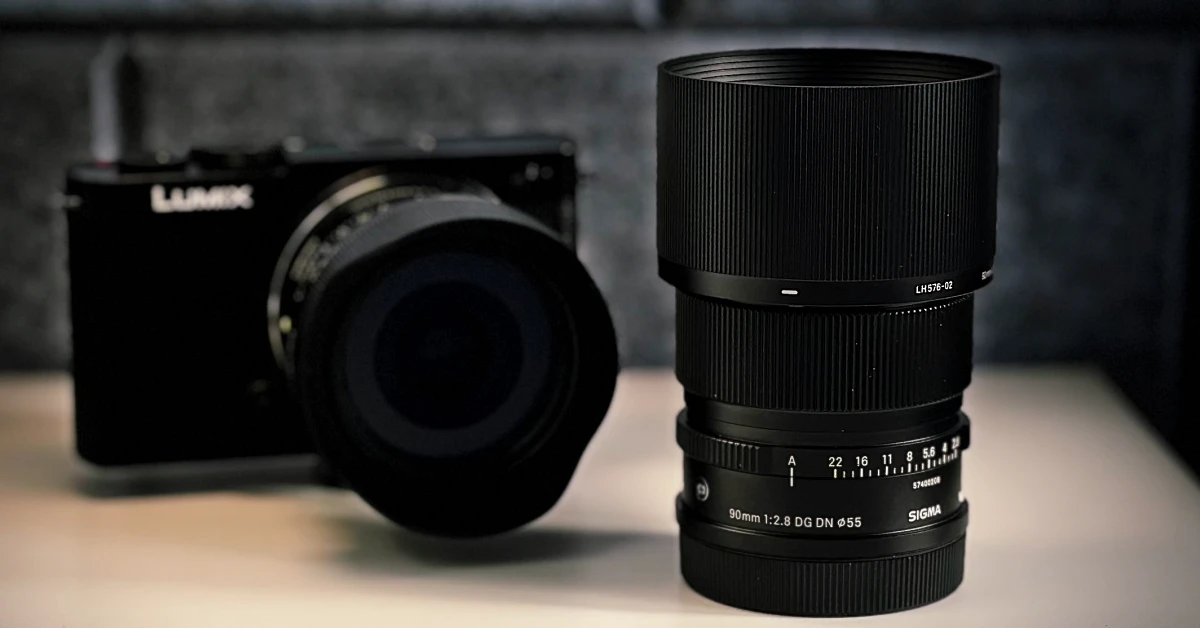New Camera System - the Best Excuse to Get New Lenses
When I got my new Lumix S9, I was thrilled not just about the camera itself but also about the excuse to explore new lenses. I already had one zoom lens for the L-Mount - the Sigma 28-70mm f/2.8, which is a fantastic all-around performer. With the S9’s incredibly compact design smaller lenses are a better match for it. Large lenses can feel awkward on such a compact body, and that’s where Sigma’s I-series primes come to the rescue. These lenses are specifically designed to be small and lightweight without compromising on image quality.
Soon after getting the Lumix S9, I started building my collection of primes (17mm, 24mm, and 45mm). About a week ago, I added the Sigma 90mm f/2.8 to the lineup. In this post, we talk about the 90mm lens.
First Impressions and Build Quality
Having already owned three lenses from Sigma’s I-series lineup, I knew exactly what to expect when I added the Sigma 90mm f/2.8 Contemporary to my kit. True to form, it didn’t disappoint. Like its siblings, this lens combines compact size with a premium all-metal construction (even the lens hood is made of metal), making it a perfect match for the Lumix S9. After using it for a while, I can confidently say it upholds the same standard of portability, design, and image quality that I’ve come to love in this lineup.
The build quality, as expected, is exceptional. Sigma has really mastered the art of creating lenses that feel robust yet lightweight. At just 295g (10.4 oz), the 90mm has a satisfying heft without being cumbersome. The smooth, tactile control rings are a familiar delight, making every adjustment feel precise and intuitive, just like the other I-series lenses in my collection.
While the lens doesn’t include weather sealing, its solid construction inspires confidence for most shooting scenarios. I wouldn’t push it in heavy rain, but for regular use, it’s more than reliable. And, as with the other I-series primes, its sleek and compact design pairs beautifully with the Lumix S9, maintaining a lightweight and portable setup that’s perfect for on-the-go photography.
Optical Performance
Let’s talk about image quality. The 90mm focal length is versatile and excels in portraits, close-ups, and even general, everyday photography. Shooting wide open at f/2.8, I was impressed by the lens’s sharpness - details are crisp across the frame, even at the edges.

The lens handles chromatic aberrations and distortions exceptionally well, thanks to Sigma’s advanced optical design. This means I didn’t have to spend much time correcting issues in post-processing. Colors pop naturally, and contrast is excellent, making images look vibrant straight out of the camera.
The bokeh is smooth and pleasing, creating a soft, creamy background blur that isolates the subject beautifully. Yes, at 90mm you don’t need f1.4 to get an extremely shallow depth of field - even at f2.8 DoF is shallow.
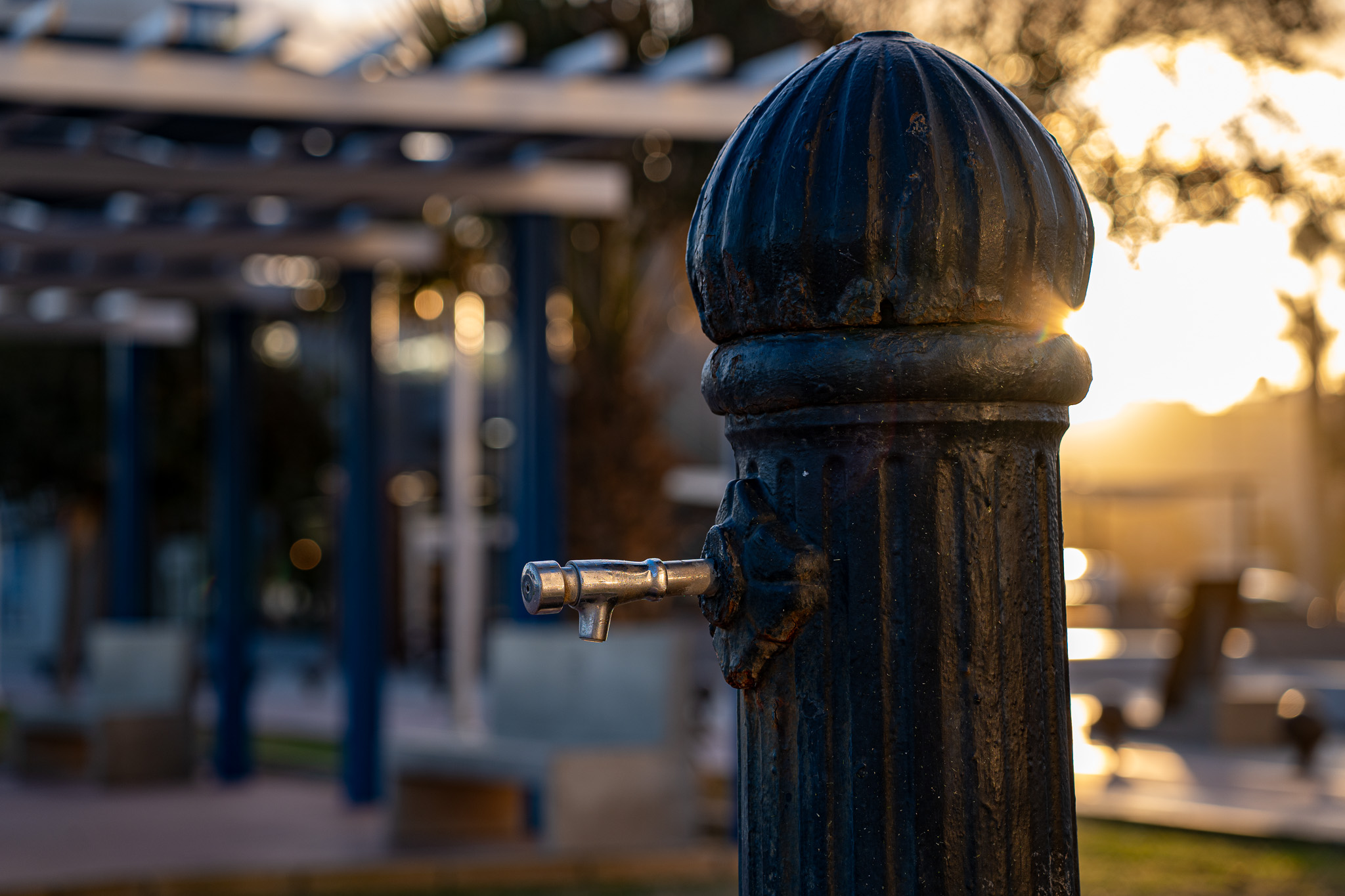
While an f/2.8 aperture isn’t as wide as an f/1.4 or f/1.8 lens, I found it more than adequate for most situations, including low-light indoor shooting. In the previous post about Lumix S9 I have included a 100% crop from a photo taken in an almost dark room with this lens. Below is another image when the room was slightly lit.

Autofocus Performance
In terms of autofocus, the Sigma 90mm f/2.8 exceeded my expectations. It uses a stepping motor, which is both fast and quiet. Whether I was capturing stills or shooting video, the focusing was precise and seamless. This is especially useful for video creators, where smooth and silent focusing is essential.
I tested it in various lighting conditions, and the autofocus rarely missed. It locked onto my subjects quickly, even in dimly lit environments. For someone like me who prefers efficient, no-hassle gear, this was a big plus.
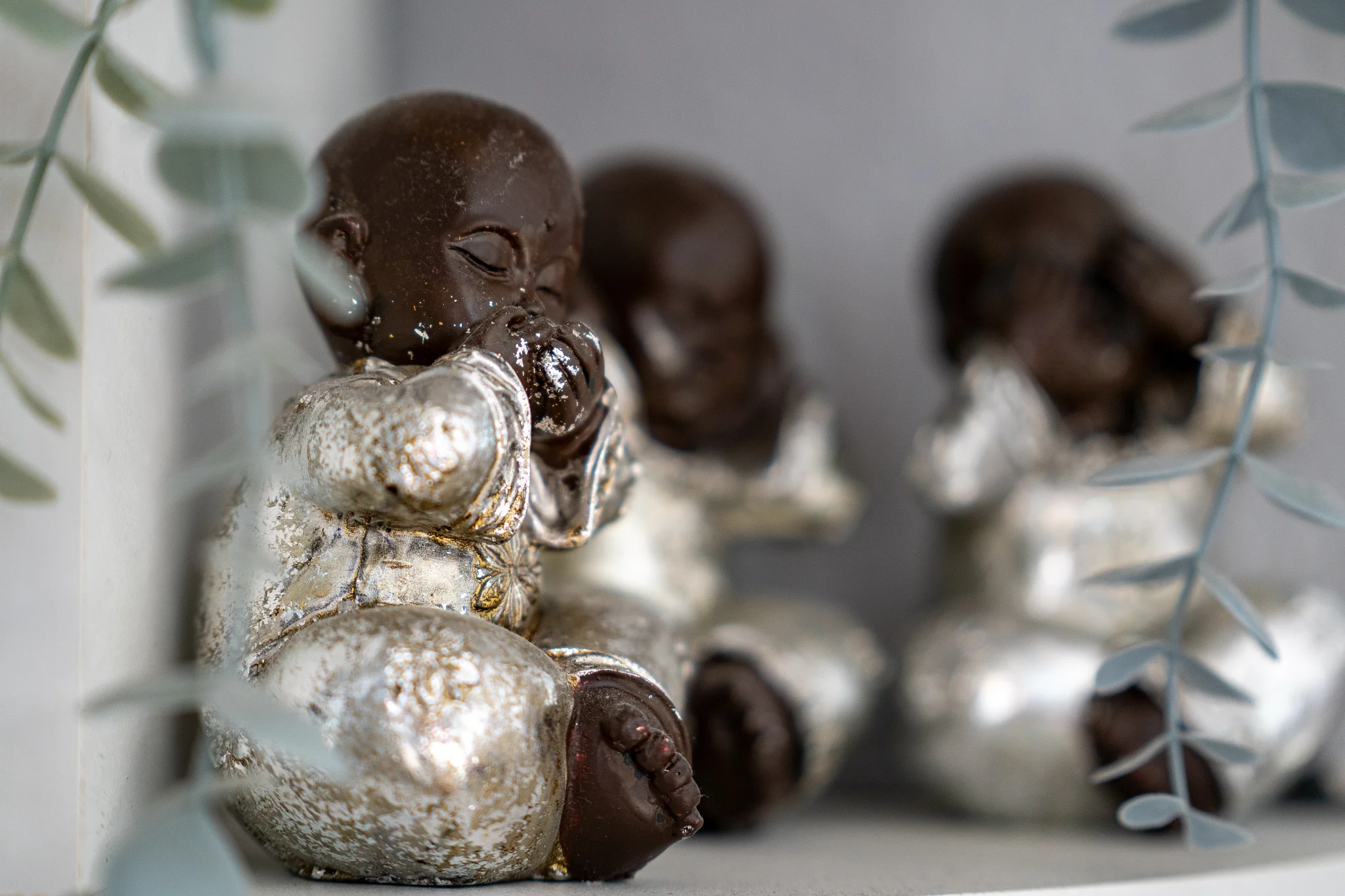
Keep in mind that AF performance does not depend on the lens only. AF is a teamwork between the lens and the camera body. Now when Panasonic cameras support Phase Detection Auto Focus (PDAF for short), the overall AF performance has been a game changer different. Unfortunately, if you use this lens on the bodies without PDAF, you might not get the same AF performance, however, that’s not the fault of this amazing lens.
Close-Up Capability
While this isn’t a macro lens, the close-focus distance of 50cm (around 19.7 inches) allowed me to capture some nice close-ups of objects and textures. It’s not designed for extreme detail work like dedicated macro lenses, but it handles small subjects surprisingly well. This makes it a flexible choice for anyone who likes experimenting with different types of photography. As I sometimes do product reviews on YouTube, I think I can incorporate this lens into my workflow.
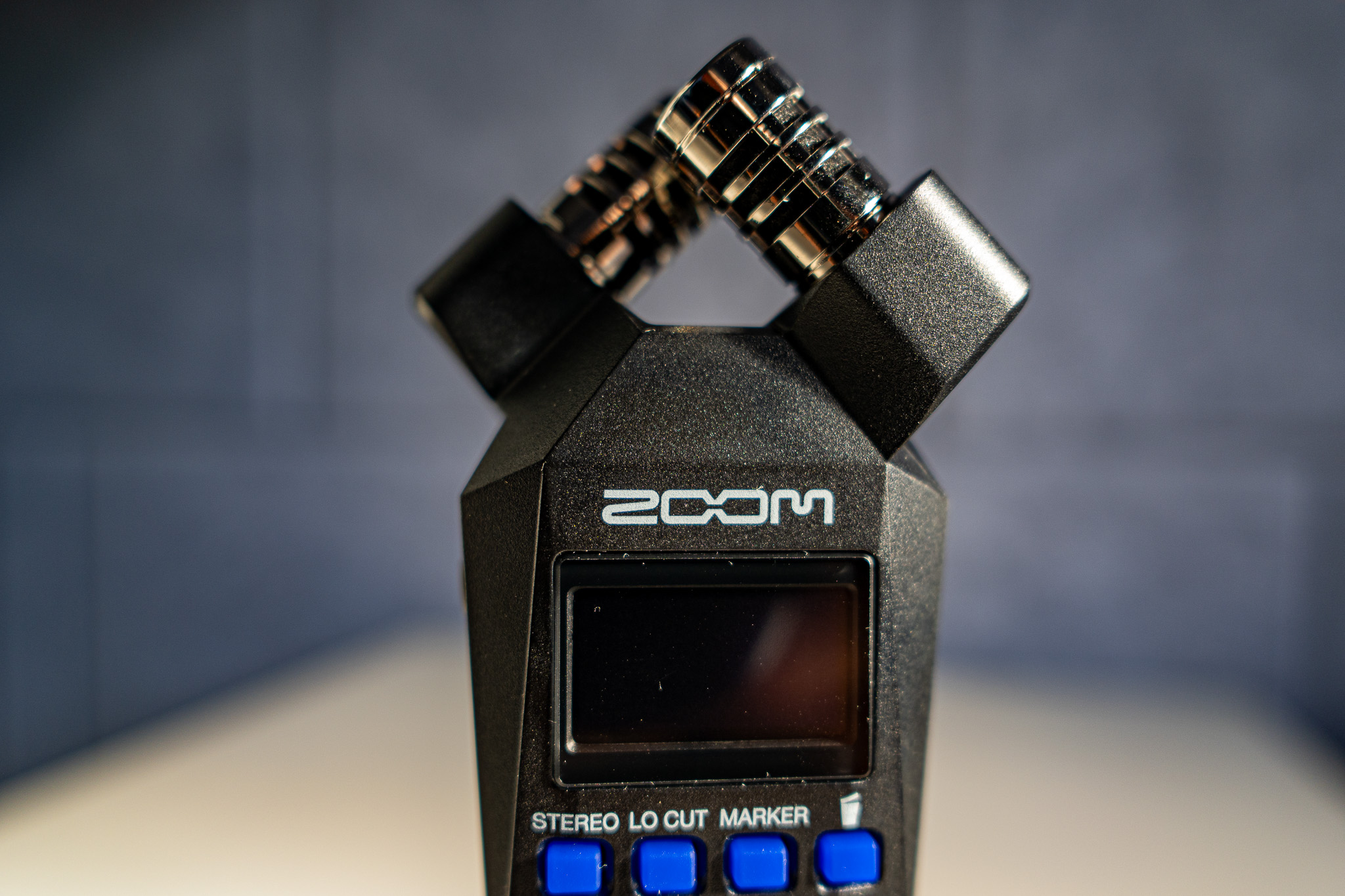
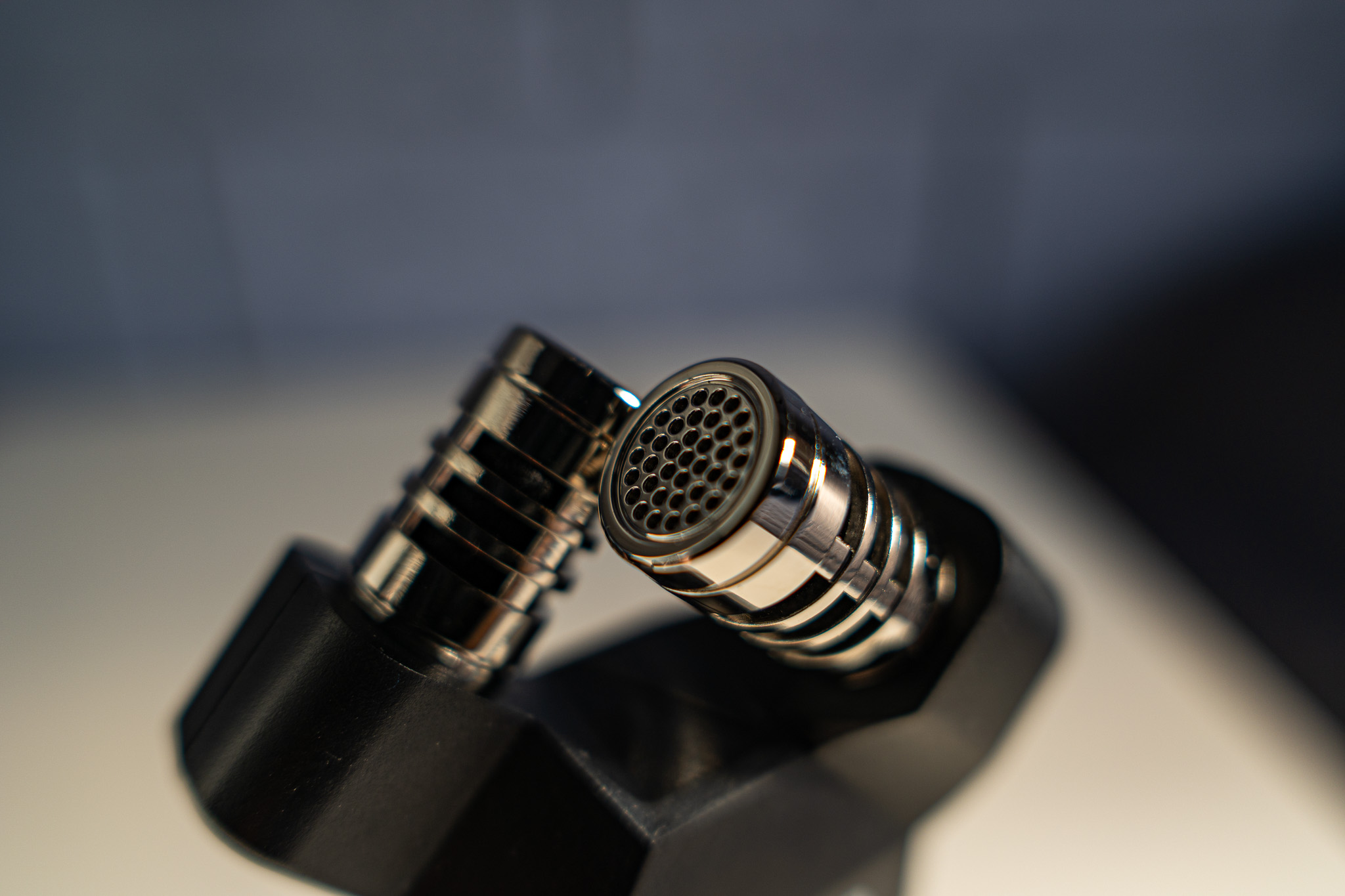
Practical Use Cases
Here’s where I found this lens to shine:
Portraits
The 90mm focal length is ideal for flattering portraits, providing enough compression to create a natural look without distortion. The soft background blur adds a professional touch to the shots.
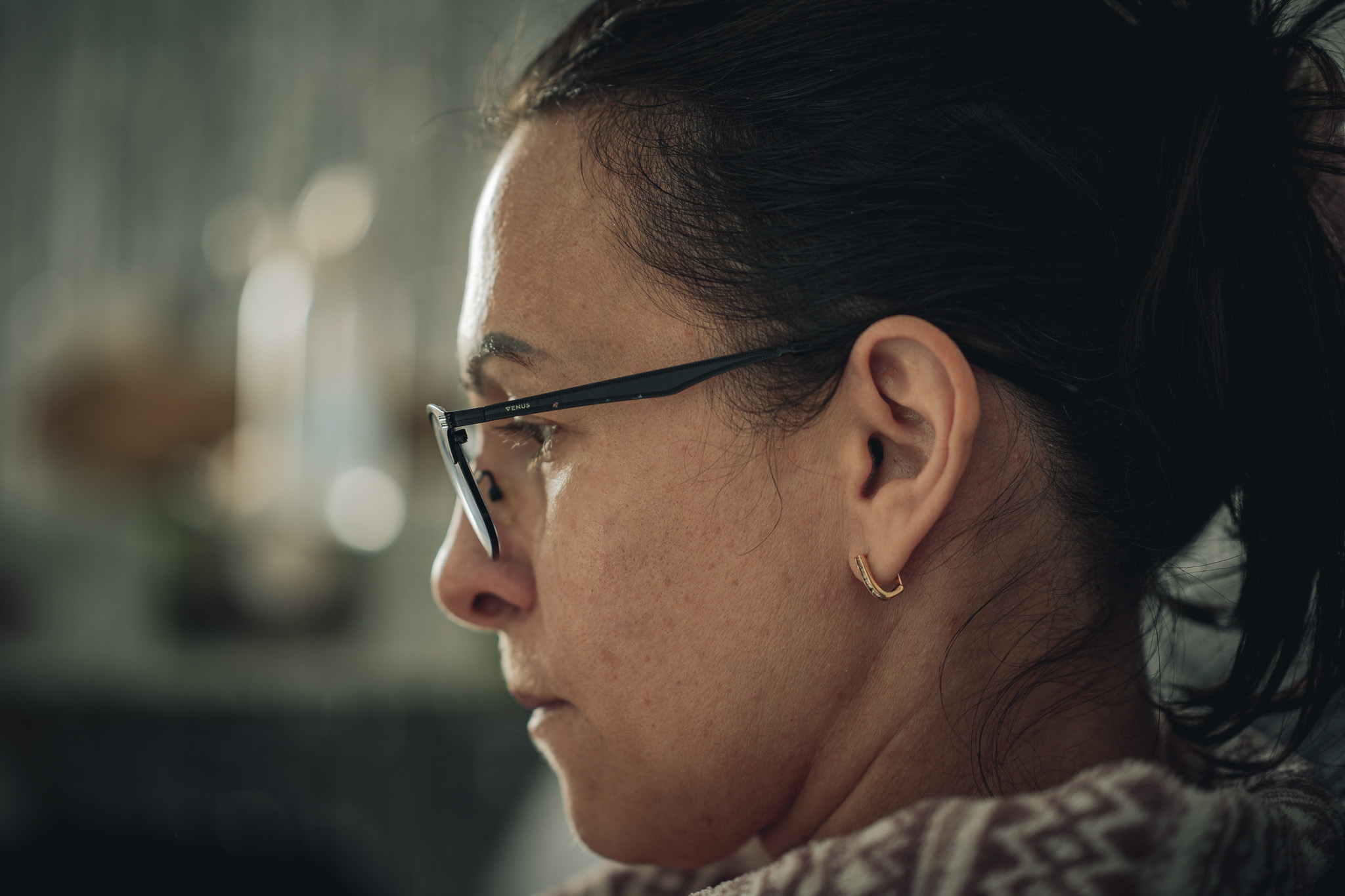
Travel Photography
Its compact and lightweight design makes it an excellent companion for travel. I loved being able to carry it around all day without feeling weighed down.
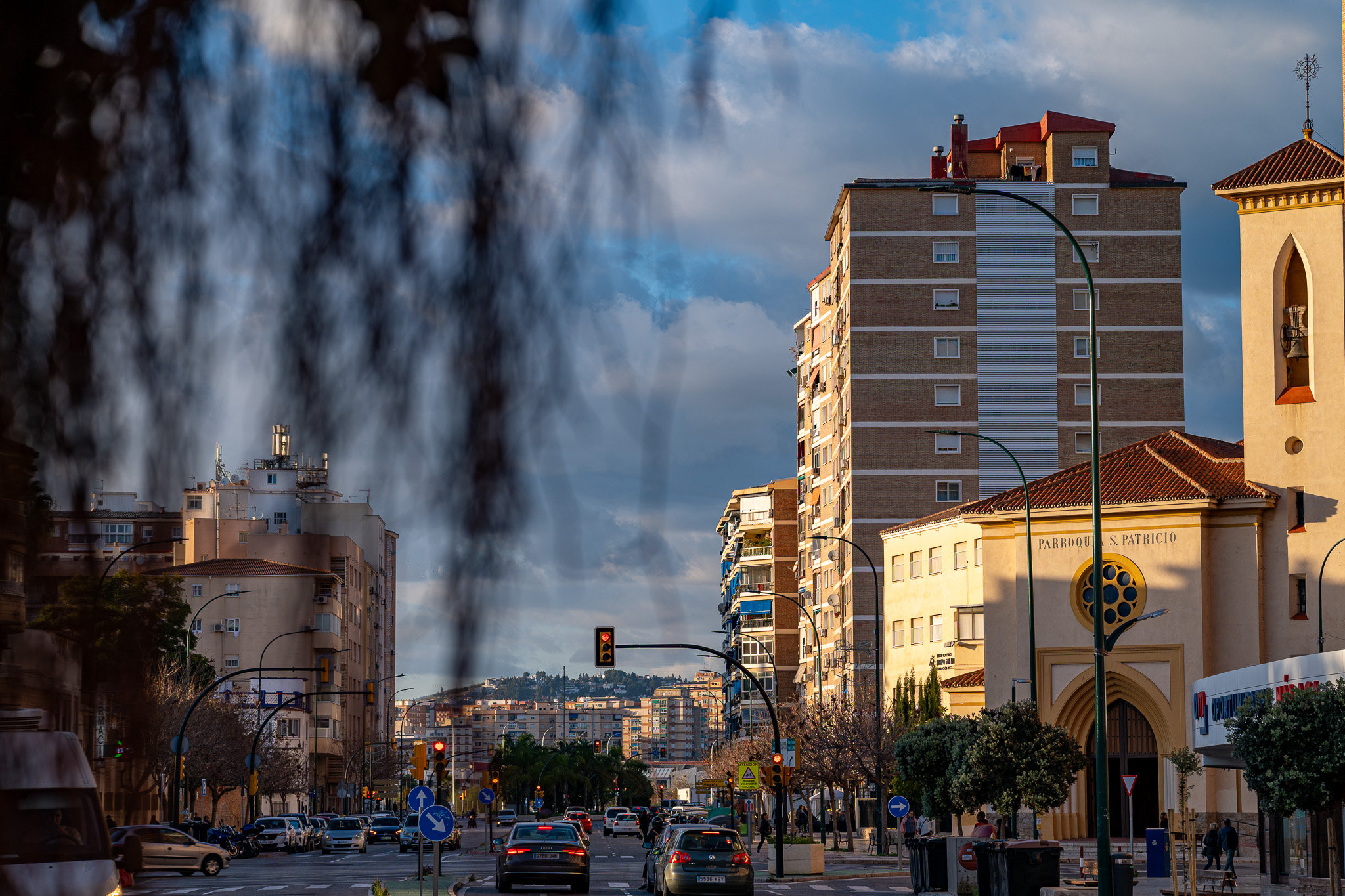
Everyday Use
The lens is versatile enough for everyday photography. Whether it’s street scenes, food shots, or family photos, it performs consistently well.
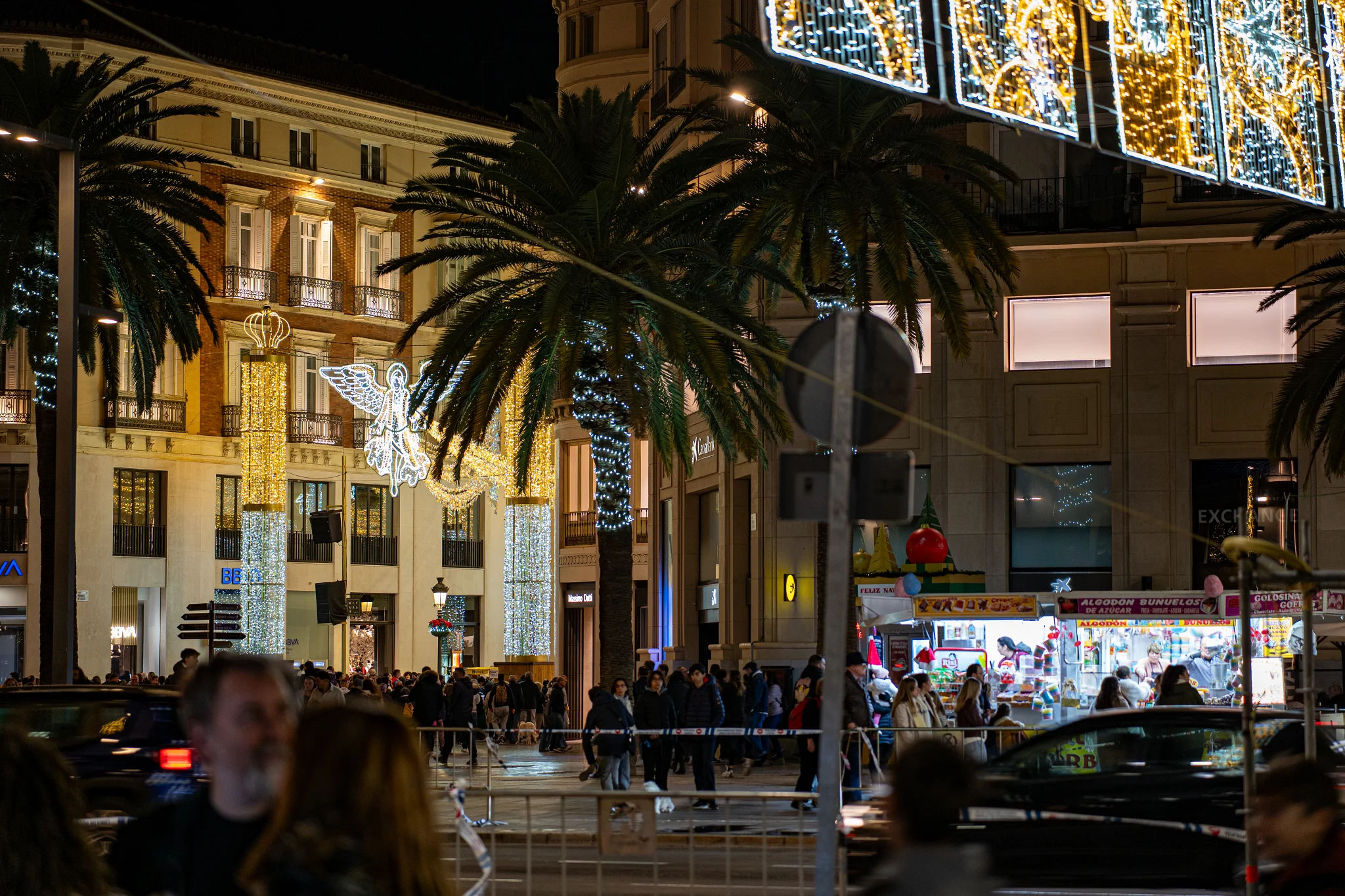
Video Work
The quiet and smooth autofocus is a dream for video creators, and the sharp image quality ensures your footage looks professional.
Pros and Cons
Let’s quickly summarize pros and cons of this lens below.
Pros:
- Compact and lightweight: Perfect for photographers who prioritize portability.
- Excellent sharpness: Images are crisp, even at wider apertures.
- Premium build: The metal body feels luxurious and durable.
- Fast autofocus: Quick and quiet focusing for both stills and video.
- Versatile focal length: Works well for portraits, close-ups, and more.
Cons:
- f/2.8 aperture: Not as bright as f/1.4 or f/1.8 lenses, limiting its low-light capabilities.
- No weather sealing: You’ll need to be cautious in harsh conditions.
- Not a macro lens: Close-up performance is good, but it’s not for extreme detail.
- Lens flare if you shoot in the sun and don’t use the supplied lens hood.
For instance, I really like this particular photo, but I was using the lens hood from my 24mm lens, which is shallower than the one that comes with the 90mm. As a result, some flare crept in. Personally, I enjoy the look of flare, but I know it’s not everyone’s cup of tea, and most photographers go out of their way to avoid it.
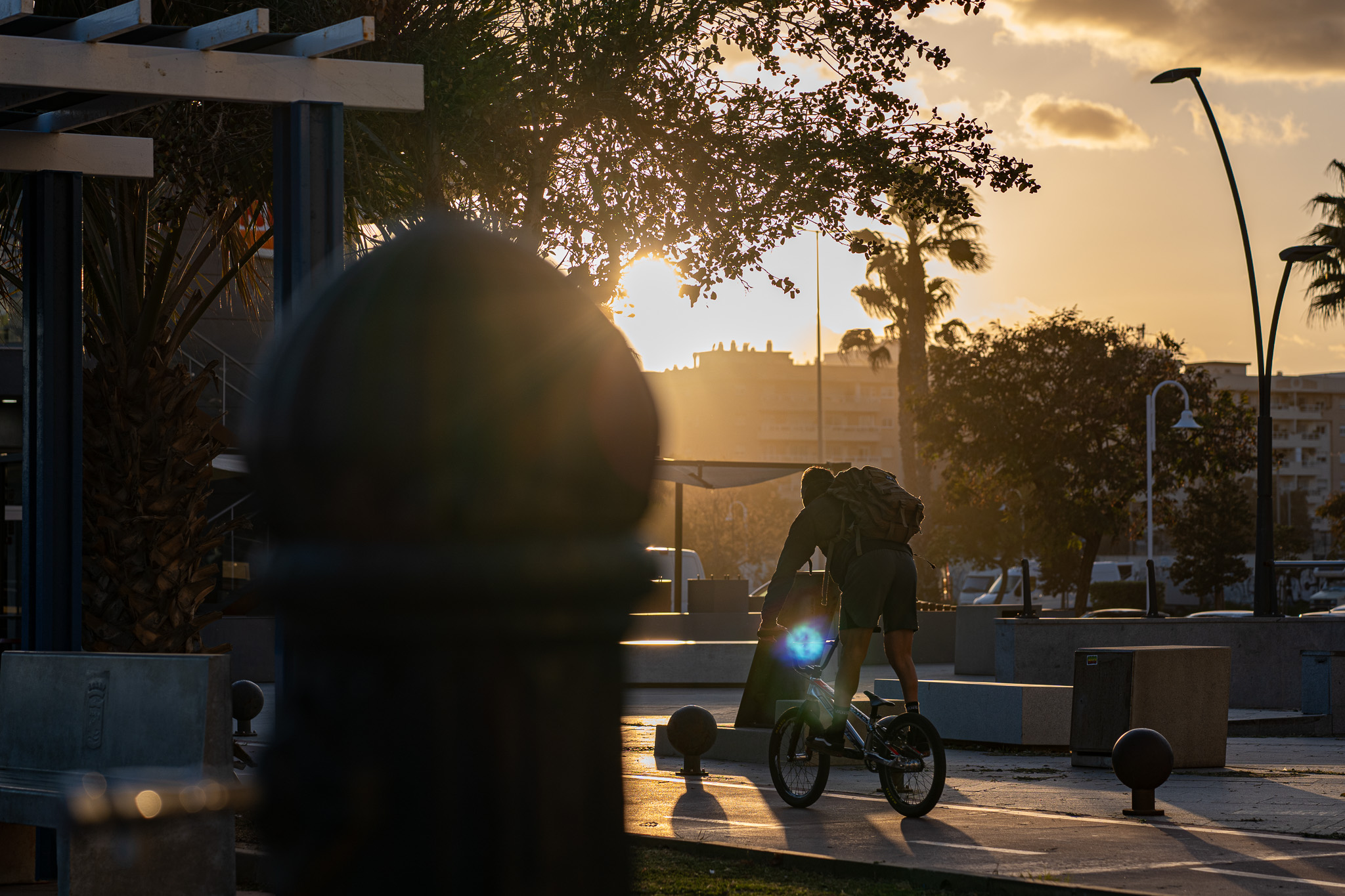
Who Should Consider This Lens?
If you’re an L-Mount user looking for a lightweight, high-quality telephoto lens, the Sigma 90mm f/2.8 is a great choice. It’s ideal for:
- Portrait photographers: The focal length and bokeh make it a solid option for professional and casual portrait work.
- Travelers and everyday photographers: Its small size and weight are perfect for carrying all day.
- Video creators: The autofocus and optical quality make it a reliable tool for shooting video.
- Anyone on a budget: Compared to other lenses with similar performance, it offers great value for the price.
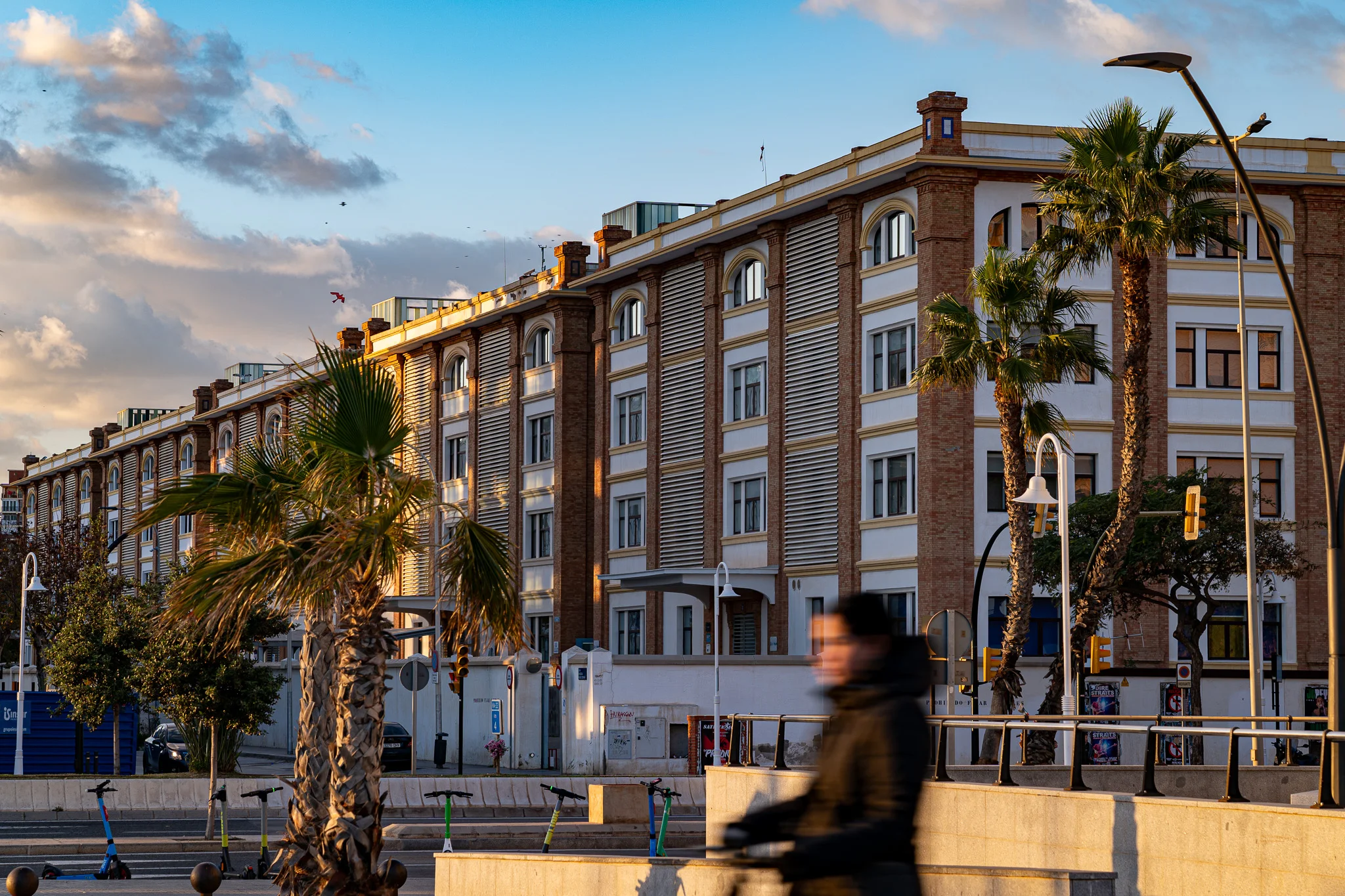
Final Thoughts
Overall, I’ve thoroughly enjoyed using the Sigma 90mm F2.8 DG DN Contemporary. It’s a lens that strikes a perfect balance between portability, performance, and build quality. While it might not replace faster lenses for extreme low-light scenarios or true macro photography, it’s an excellent all-around telephoto lens that punches above its weight.
For the price, this lens is a no-brainer for L-Mount users who want a reliable, sharp, and beautifully designed lens. While Sony users have a much wider choice of lenses, unfortunately the same cannot be said about L mount. This is why Sigma primes are so useful. This lens is now a staple in my kit, and I’d recommend it to anyone looking for similar qualities.
